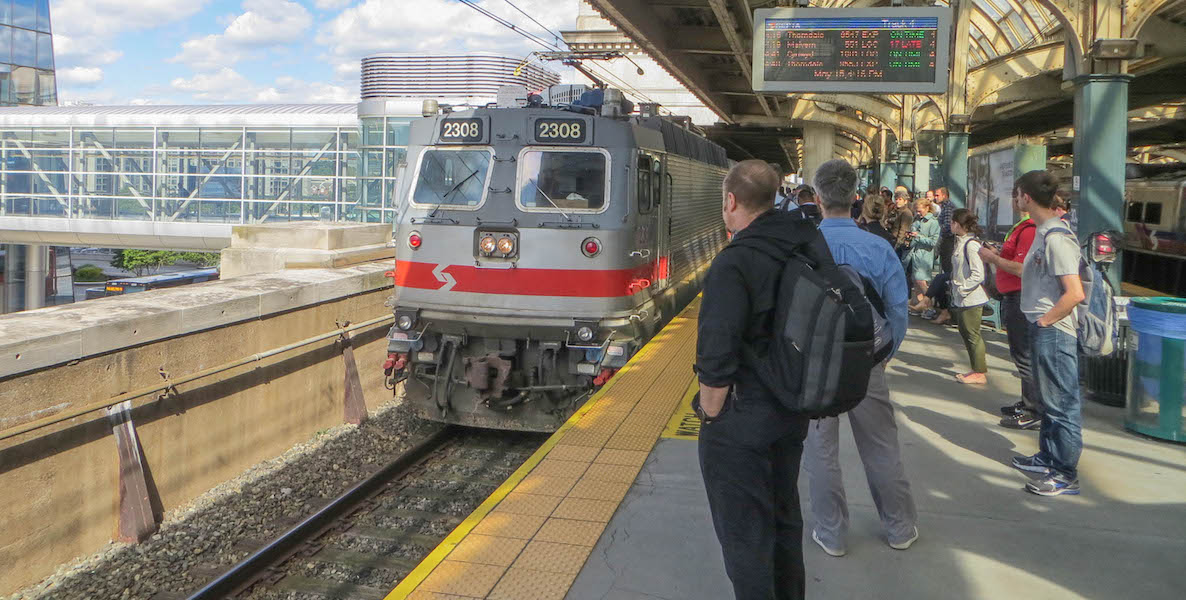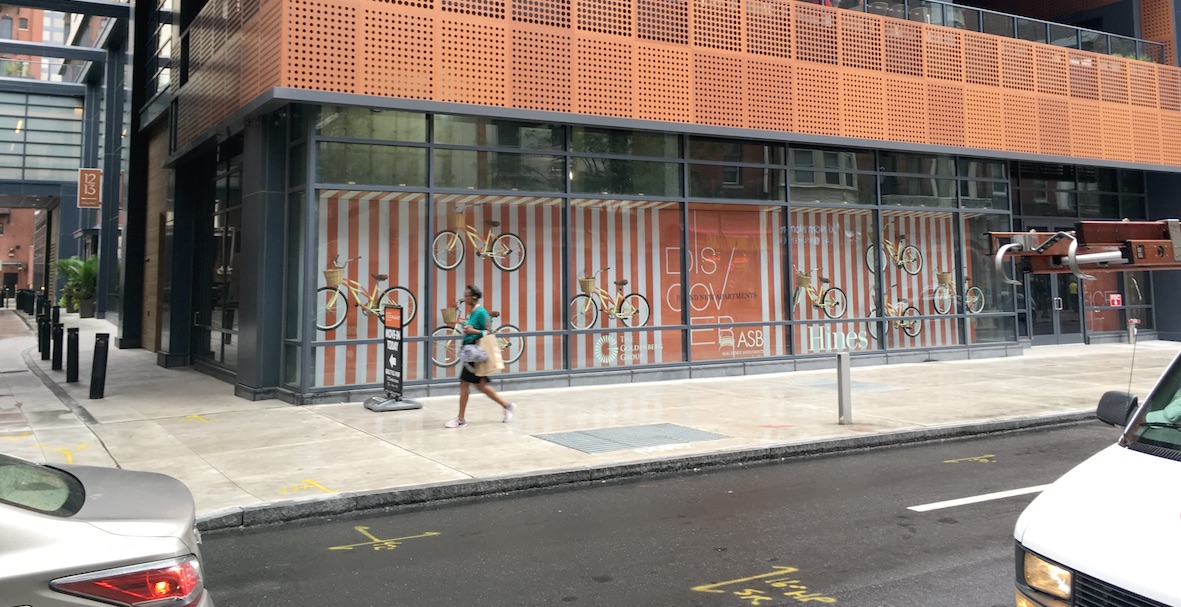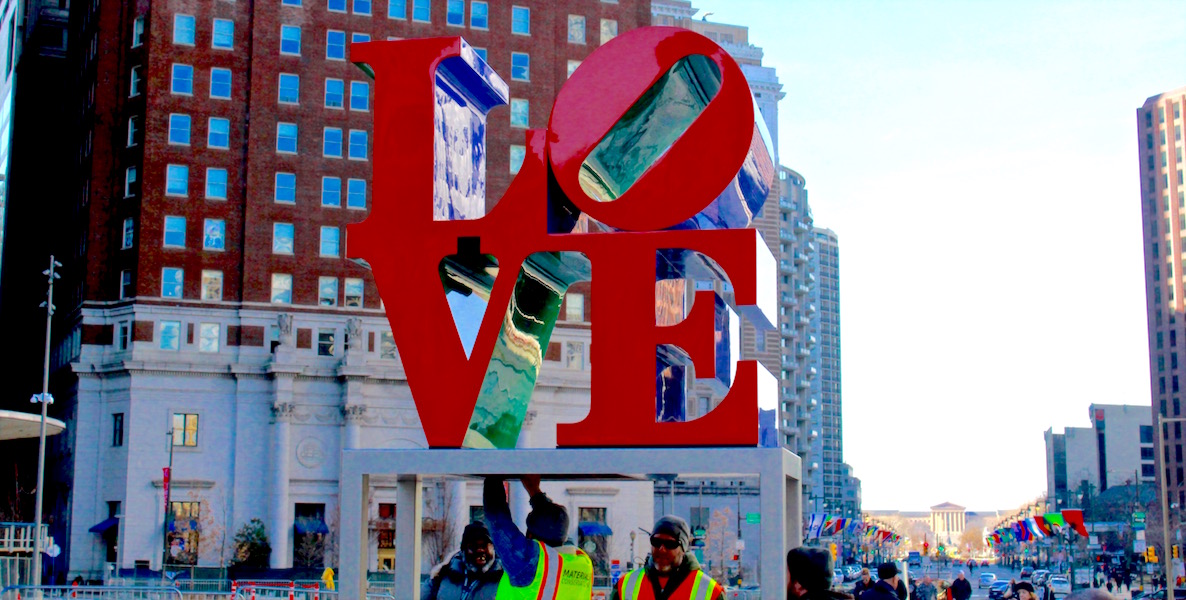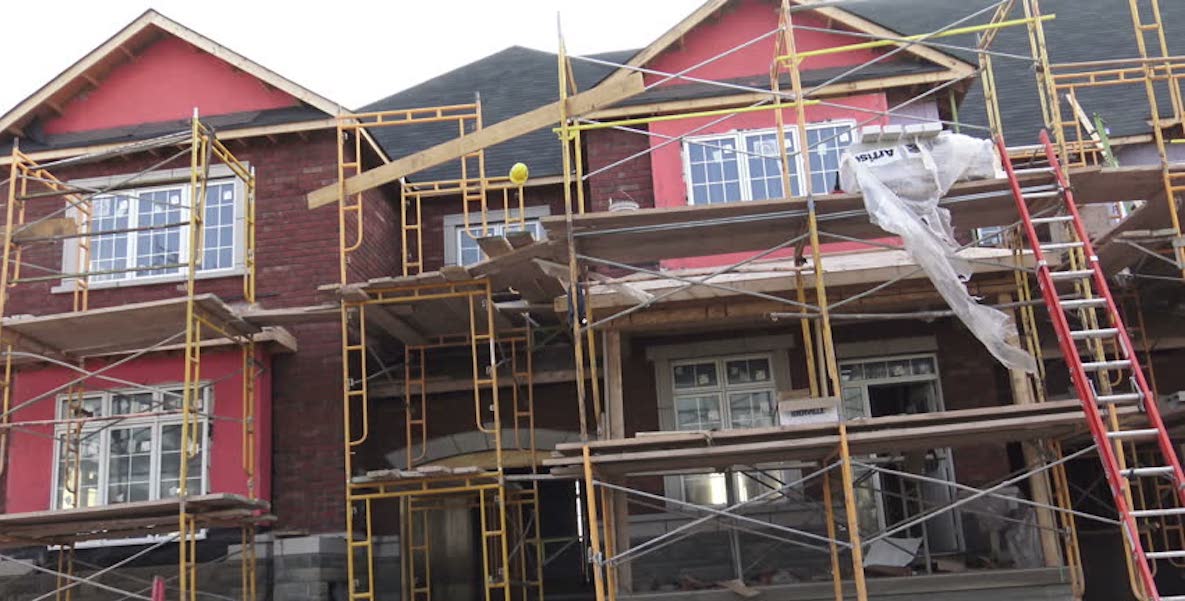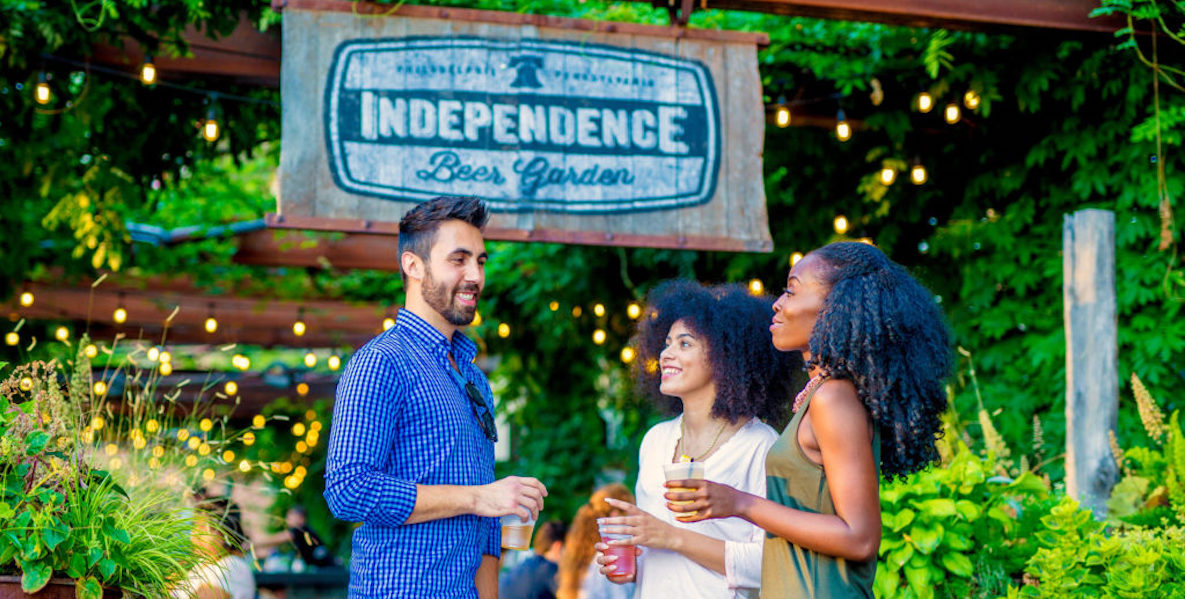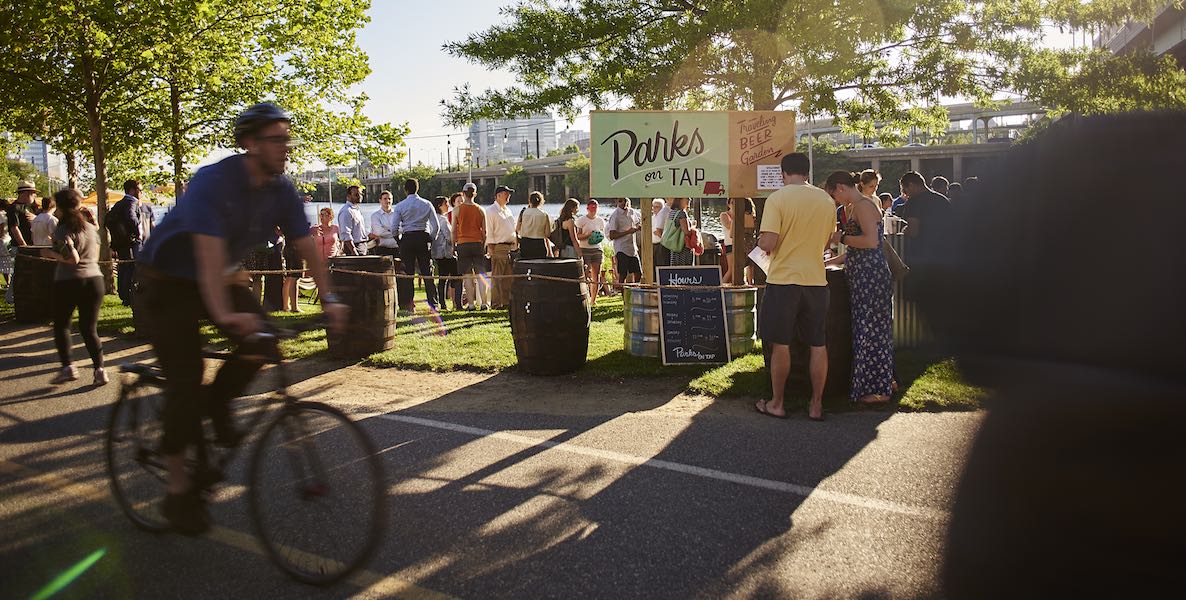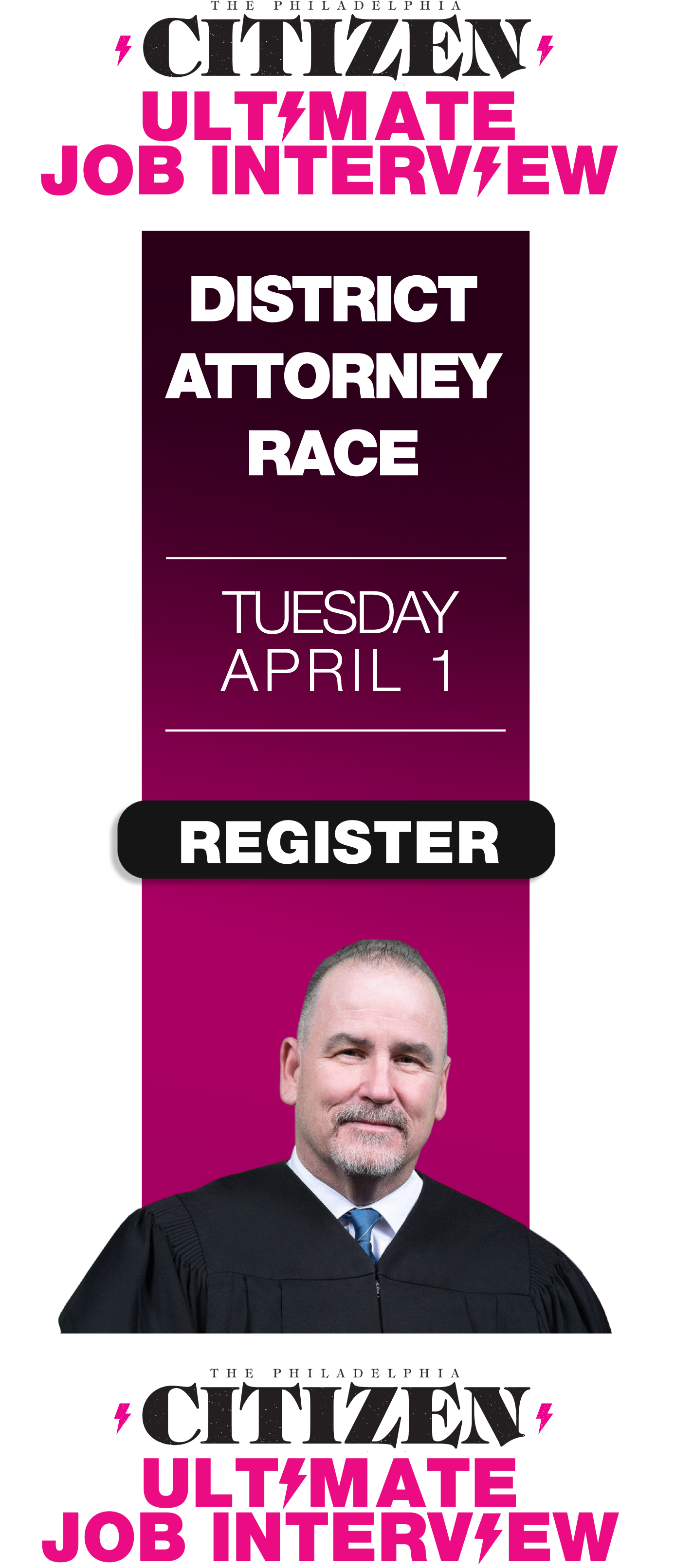to this story in CitizenCastListen
Yes, it seems Philly’s boomlet is over. And it wasn’t even that big a boom to begin with—we’ve added 55,781 people since 2010. For comparison, Dallas-Fort Worth’s metropolitan area added 1,206,599 people in the same time period. The Dallas-Fort Worth metro area is 6.36 million people now, compared with Philly’s metro area of 5.96 million.
We’re still roughly the same size, but with our low growth rate and current standing as the eighth largest metro area in the country, it’s clear Dallas is on track to become a Top 3 metro and we’ll be out of the Top 10 in a matter of years.
What size Philly grows to doesn’t necessarily matter, but losing population is a Urge the city to take actionDo Something
For the past decade, we’ve sold ourselves as a resurgent city that is growing through its attraction of millennials who are going to stay here for a great quality of life and build their families and businesses here. The fact is that our under-35 population has gotten smaller since 2012, when Pew issued a report on the millennials in Philadelphia, subtitled “A Promising But Fragile Boom.” Back then 806,732 people under 35 lived here; now just 802,770 people do.
Commenting on a piece about the census results in The Inquirer, Ben Gruswitz, manager of socioeconomic and land use analytics at the Delaware Valley Regional Planning Commission, said, “Millennials are marrying and having children and perhaps looking at better school options in the suburbs.” This is nothing new.
More than just numbers, population loss changes the city’s narrative.
But the article goes on to mention something else: “Another reason could be city-like options in the suburbs. Gruswitz said multi-family housing developments have sprouted all over the suburbs, enabling people to walk to the grocery store and other places.”
Here we get to an issue that few people are talking about: People have always moved to the suburbs for “better” schools that are the products of the suburbs’ history of racial and class exclusion. They haven’t always moved there because the suburbs offered a sufficiently urban experience.
Read the reportLEARN MORE
Philadelphia once invested in cultural destinations like Avenue of the Arts and brought the Barnes to the Parkway. These were places that you couldn’t find off the pike. Since 2000, arts organizations have represented a smaller piece of the nonprofit pie; capital “C” Culture has been replaced by placemaking, bourgie flea markets and beer gardens.
There is a lot to be said for Philadelphia’s civic spaces, and the family-friendliness and informality of Parks on Tap, for example, but their very accessibility makes them easily replicable in places like Collingswood or Ardmore. And their multiplier effect is limited compared to art institutions that build local and global communities of jobs, knowledge and experiences in the city.
At a time when we are testing how much human experience we can confine to our homes and screens, cities will have to prove their value proposition as never before.
After Covid-19, many are predicting that urban life is going to be radically changed. Many city dwellers have escaped New York City’s epicenter to rural hideaways and may not return, much the same way they did not after 9/11. (New York gained nearly 700,000 in the decade prior to 9/11, but in decades since has only gained about 250,000 people per decade).
After this pandemic passes, we’re going to need more than a beer in an Adirondack chair; we’ll need something that can help us understand and process what we have all just been through.
In this coming decade, cities will have to work extra hard to offer reasons to live and work in them if more people have the choice to work and live anywhere else. The impact of Philadelphia continuing to lose its millennials and working families paints a tough picture, for our tax base, for our schools, and for overcoming the socio-economic and racial segregation of our city.
So what can we do to try to reverse this trend? Philadelphia has an opportunity to take advantage of the shifting work landscape. The thousands of people who are going to leave New York could continue to work remotely, and move to Philadelphia to enjoy a similarly urban experience at a lower cost, and lower blood pressure. We have long hoped to create more jobs in Philly. But remote working now means we have an opportunity to shift some of our focus from job creation to life relocation. And the city should rise to that opportunity.
Other cities have marketed their livability, or incentivized relocation. For more than a decade, Baltimore has tried to encourage D.C. dwellers to move through its Live Baltimore ad campaign and website offering information on everything from schools to how to find a contractor to renovate a home.
Tulsa, Oklahoma, has created grant programs to encourage people to live in Tulsa From Diana LindRead More
Undoubtedly many millennials and young families have moved away because of big issues like schools, poverty and opioids. We can recognize those concerns, and also address topics we can more easily solve, like housing and community assets.
We should be embarrassed that greater Center City offers fewer accessible-priced apartments in multi-family buildings near transit than the burbs do alongside regional rail. And we should double down on our uniqueness rather than always defaulting to cliche placemaking to cultivate a sense of urban comfort.
After this pandemic passes, we’re going to need more than a beer in an Adirondack chair; we’ll need something that can help us understand and process what we have all just been through.
Diana Lind, executive director of the Arts + Business Council for Greater Philadelphia, is a Citizen board member. Her new book, Brave New Home: Our Future in Smarter, Simpler, Happier Housing, comes out in October 2020.
Header photo courtesy J. Fusco / Visit Philadelphia


